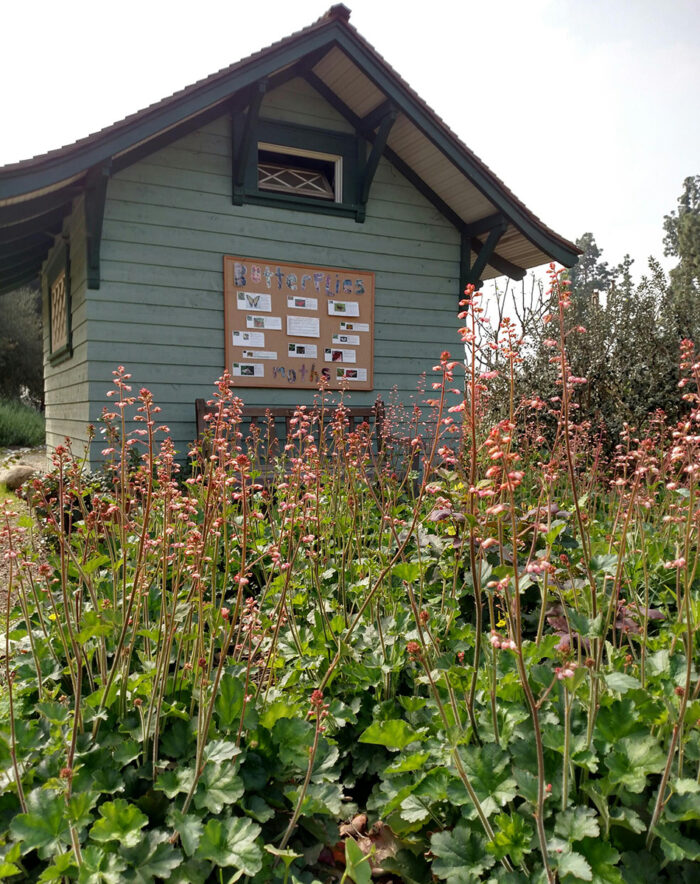
Winter is a great time to add new plants to your garden, and what better to add than California natives? California natives have evolved with our local weather conditions, soil, and fauna. You can look forward to attracting local birds, bees, butterflies, and moths with many plants that are endemic to our region.
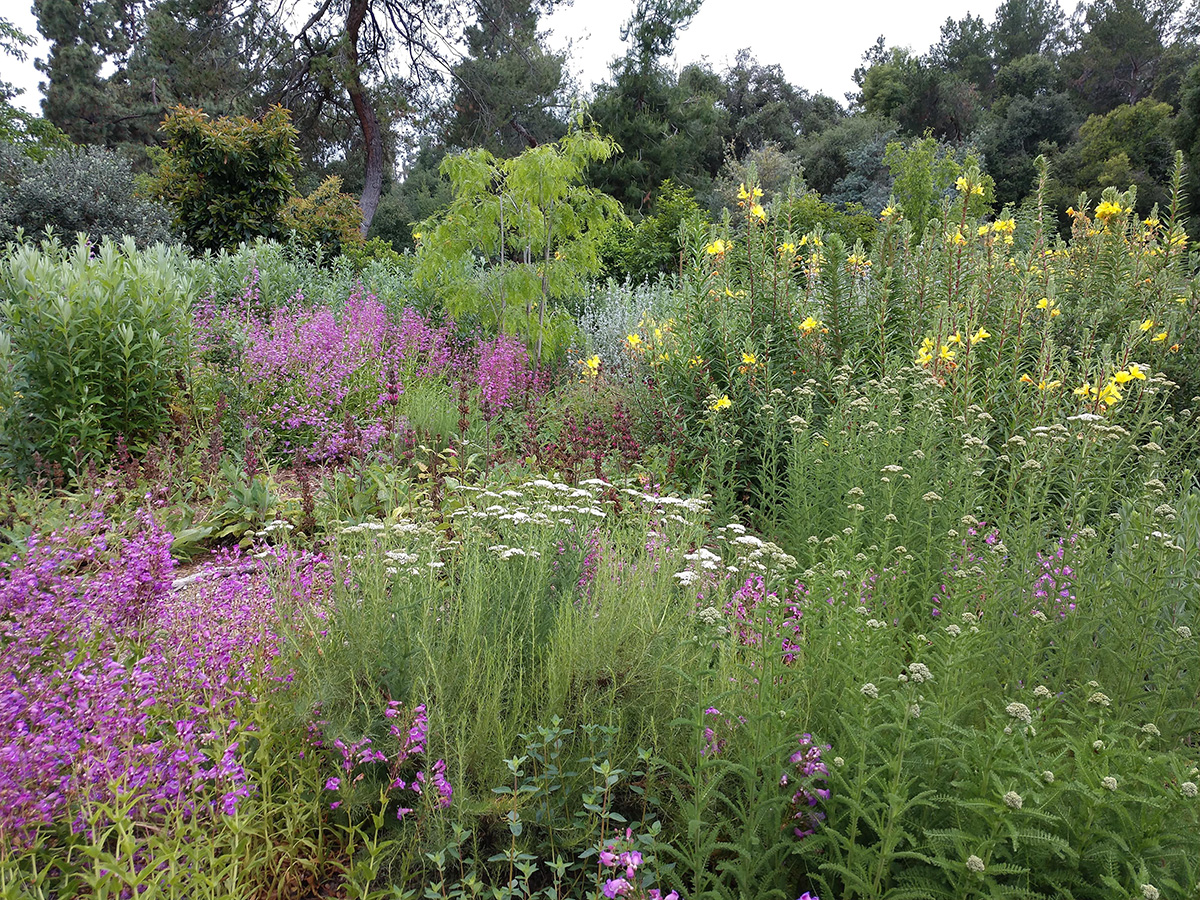
Plant selection and garden maintenance are key to attracting wildlife
Both plant selection and how you maintain those plants are key to attracting animals such as pollinators and birds. Butterflies are attracted to nectar plants that they can land on while they feed. When choosing native plants for nectar, keep in mind the flower shape. Flat or daisylike flowers are best for butterflies, while tubular-shaped flowers are perfect for moths and hummingbirds. A wilder garden maintenance approach will also encourage wildlife. That means less deadheading and leaf debris removal. As you let spent flowers set seed and allow fallen leaves to protect the soil, birds will flock to the scene for both seed left undisturbed and worms in plant debris.
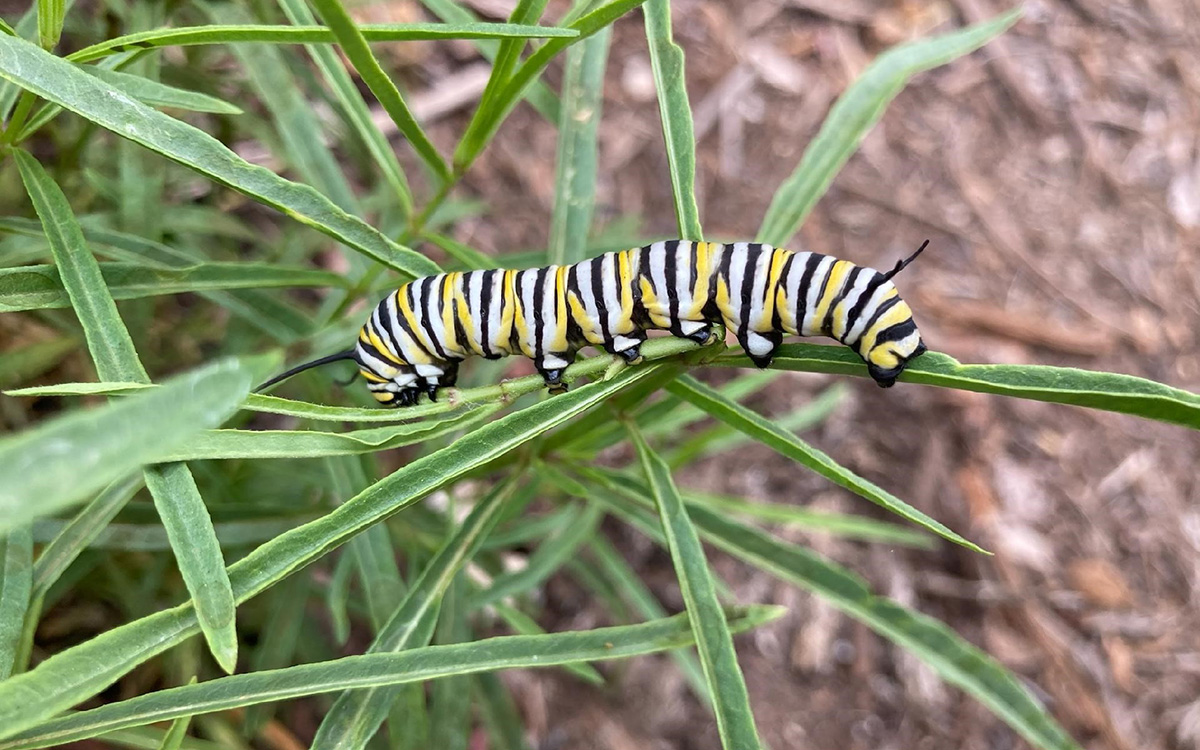
Native plants for native pollinators
California native bees will be supported by the plants you select for your garden. Did you know that there are 1,500 different species of bees native to California? Your garden will buzz with life as you incorporate pollen and nectar resources for them. Additionally, many California natives have pollinators that depend on them. An example of this evolutionary reliance is the monarch butterfly and its relationship with narrow-leaf milkweed (Asclepias fascicularis, Zones 6–10). This plant is a food source for monarch caterpillars and an important nectar source for other butterflies. Plant this milkweed and know that you are helping to support an endangered pollinator.
If you are looking to incorporate a few more California natives into your garden, here are some that can fit into almost any gardening style.
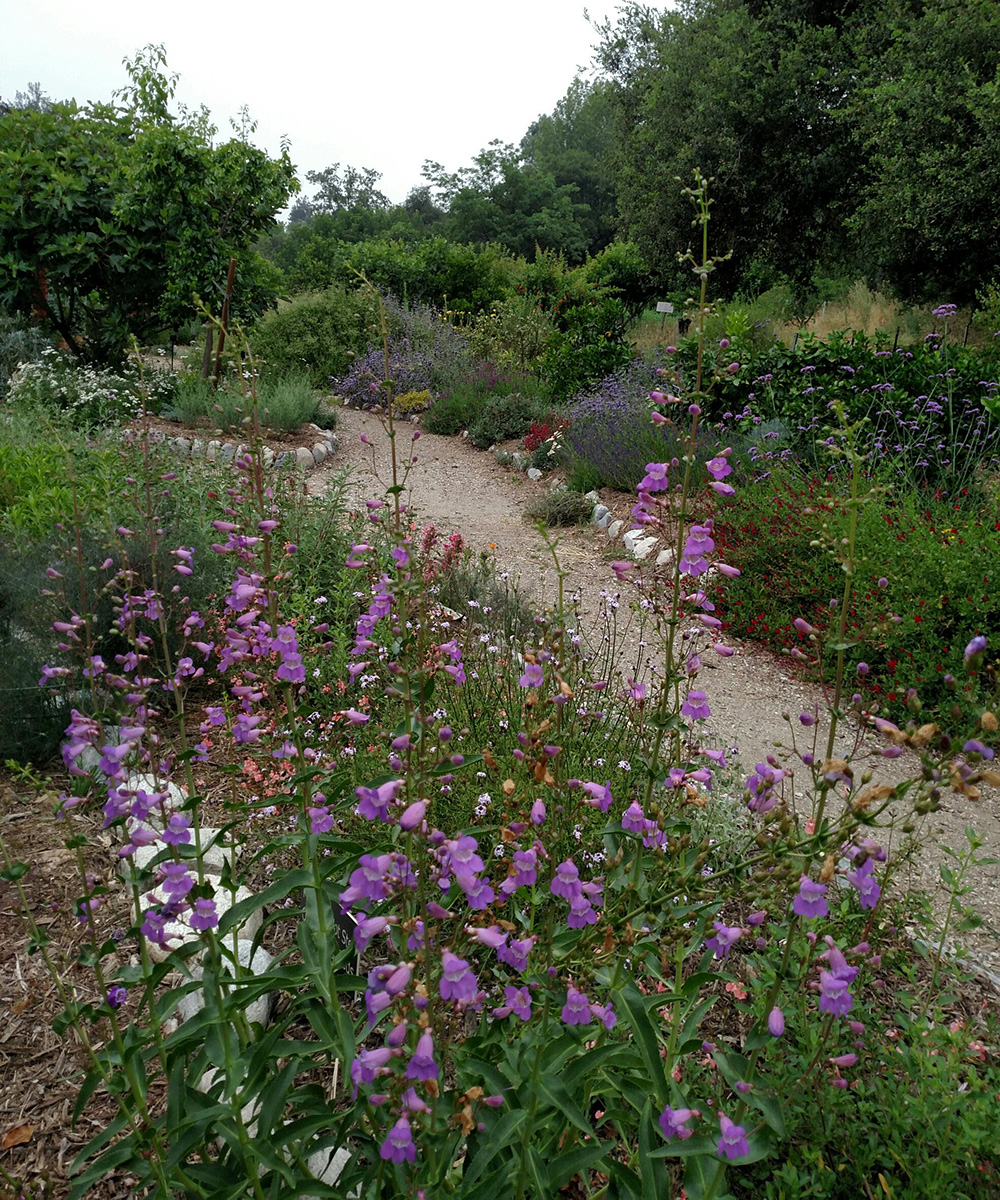
Showy penstemon
Penstemon spectabilis, Zone 8–11
Expect to see many bumblebees and hummingbirds on these striking purple flowers. Showy penstemon is tolerant of various soils, including clay, but should be planted in full sun. It will reach about 3 feet tall and flower from April to June. Plant en masse for even more impact.
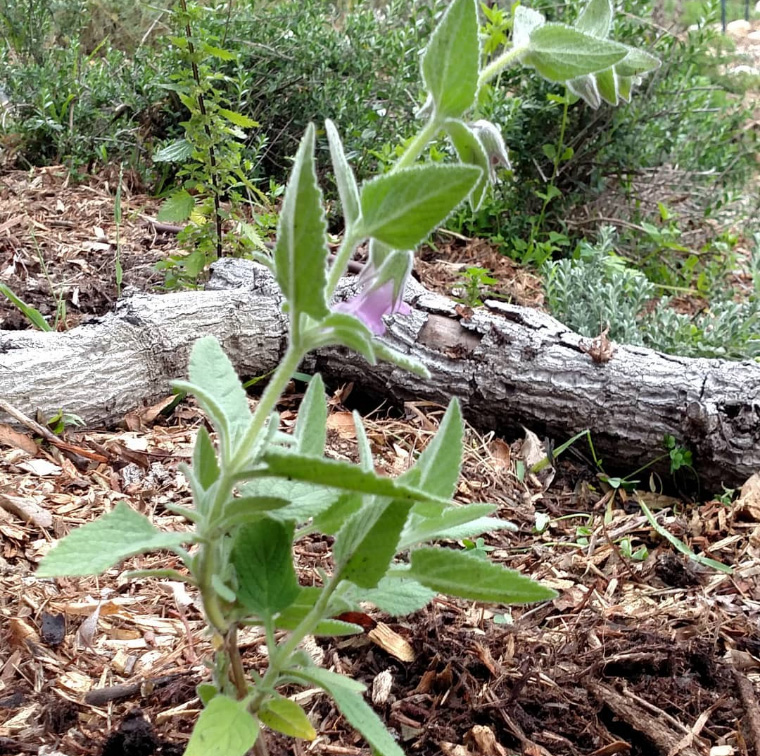
San Diego pitcher sage
Lepechinia fragrans, Zone 9–10
This is one of my favorite California natives because the smell of the foliage has an intoxicating, fruity scent. San Diego pitcher sage is incredibly durable and tolerates full sun to dappled shade. Plant in fast-draining soil, in a location where it can be brushed against for wafts of fragrance. Hummingbirds and bumblebees love the bell-shaped flowers that bloom from spring through summer. San Diego pitcher sage reaches 4 feet tall and 3 feet wide at maturity. Prune in late summer through fall for a fresh flush of growth.
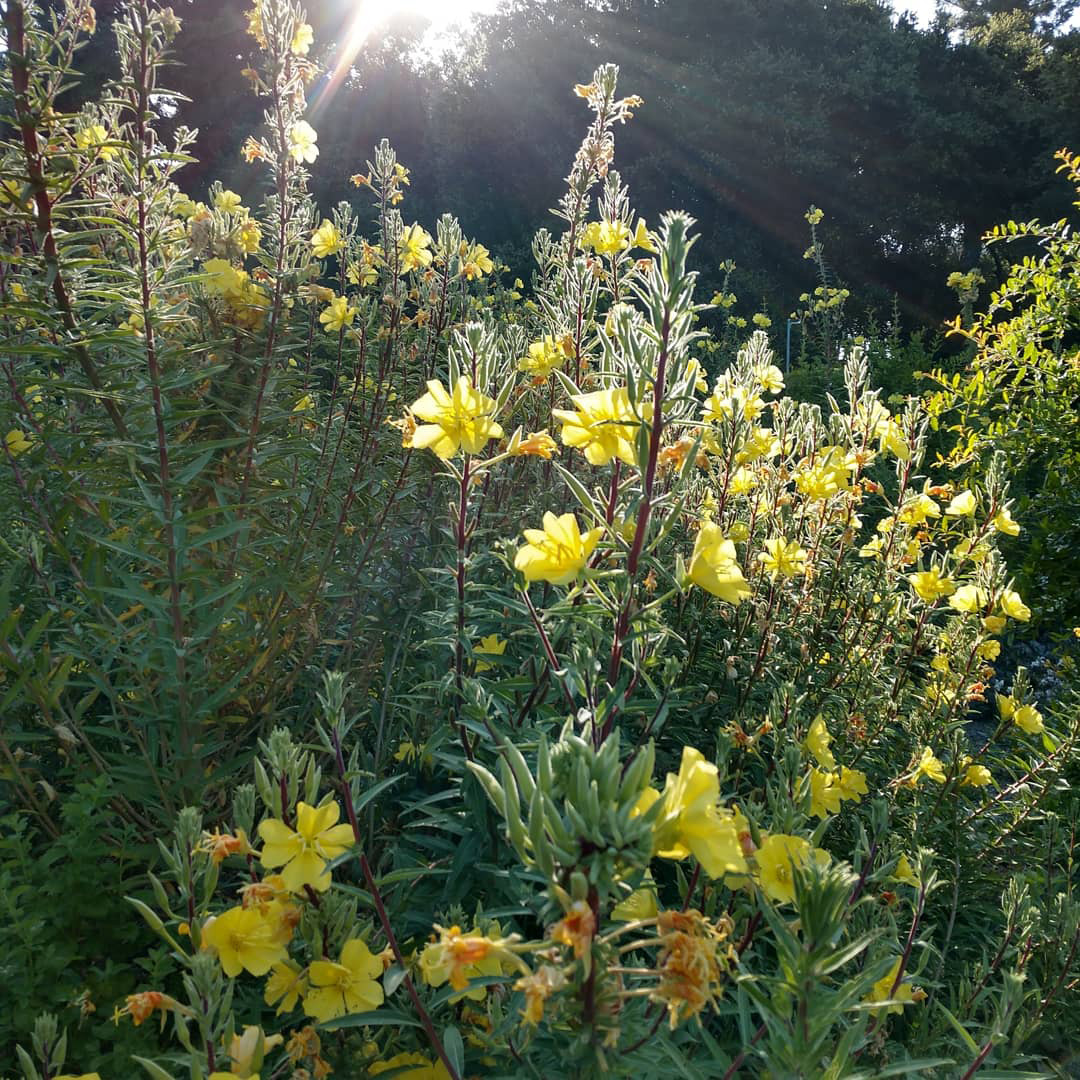
Tall evening primrose
Oenothera elata, Zones 7–9
Tall evening primrose is the host plant of white-lined sphinx moths. Also known as hummingbird moths, these sizable moths can be easily mistaken for the tiny birds. Tall evening primrose is tall and narrow, reaching about 5 to 6 feet in height, so keep it toward the back of the garden. It does readily seed itself, and birds go wild for its seed heads in late summer. Tall evening primrose takes full sun and is adaptable to multiple soil types.
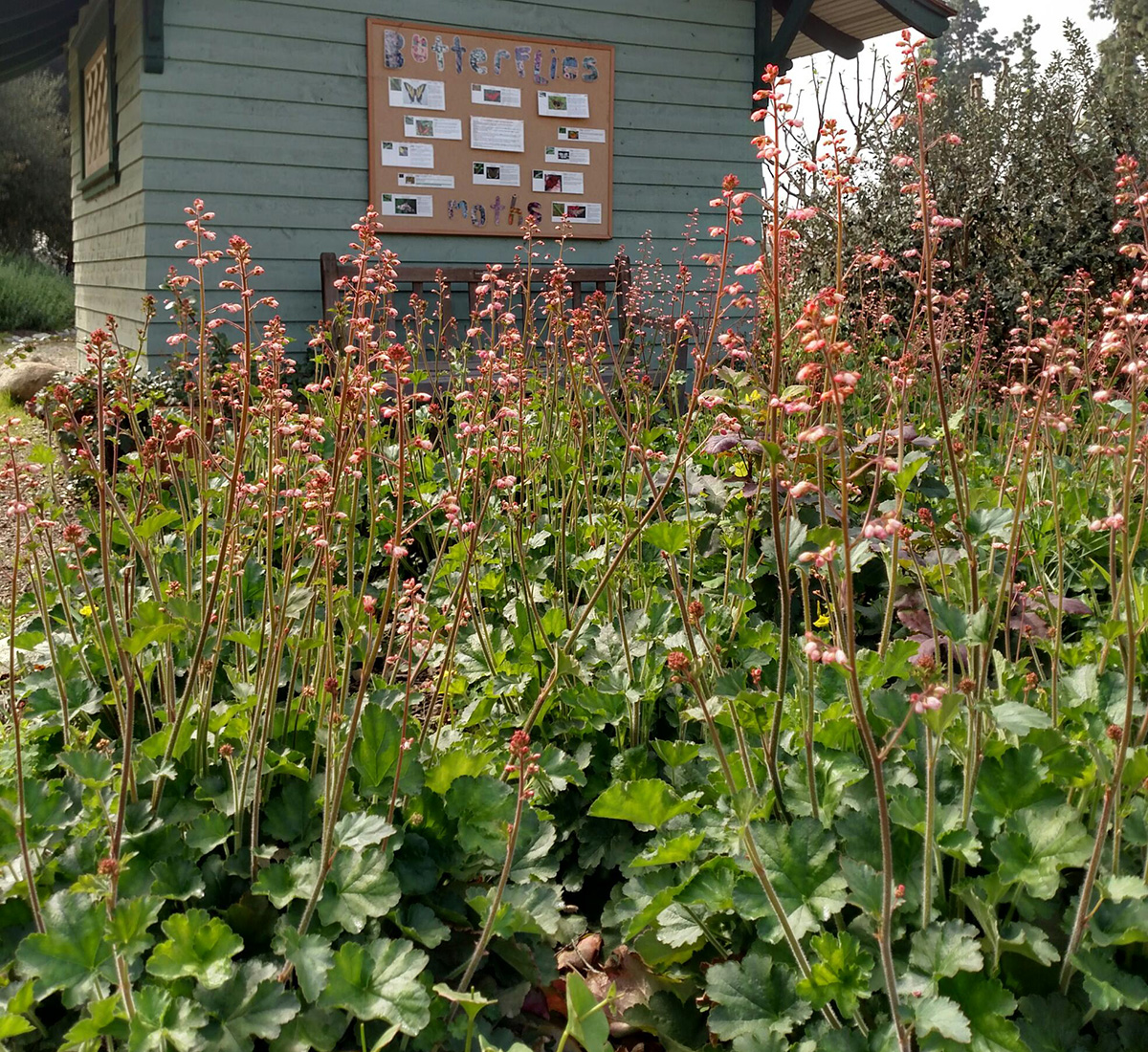
Island alum root
Heuchera maxima, Zones 8–10
This blooming shade plant is beloved by hummers and moths alike. I have seen white-lined sphinx moths all over this plant! Island alum root has a compact habit, with foliage reaching about a foot tall. Wandlike flower spikes shoot up above foliage about another 18 inches. This is one charming native plant that looks most striking planted in masses.

‘Margarita BOP’ foothill penstemon
Penstemon heterophyllus ‘Margarita BOP’, Zones 6–10
This striking cultivar of foothill penstemon has electric blue flowers. The tubular flowers attract hummingbirds, bees, and moths. ‘Margarita BOP’ does best in full sun and fast-draining soil. This plant is perfect for a cottage garden. It blooms from April through August, and its compact form reaches about 2 feet tall and wide.
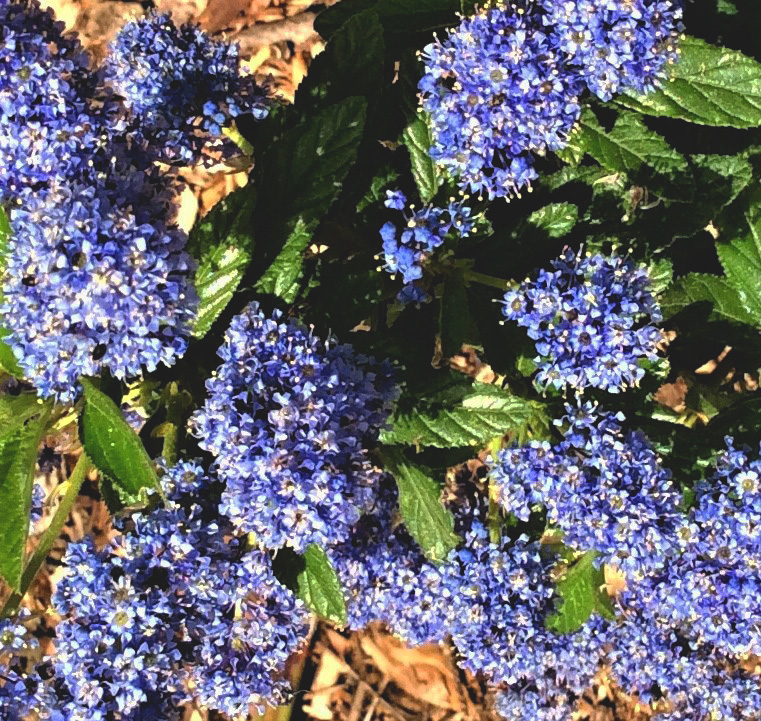
Honorable mentions
California lilac (Ceanothus spp. and cvs., Zones 7–9), California brittlebush (Encelia californica Zones 9–10), and coyote mint (Monardella villosa, Zones 8–11) are three additional Southern California native, flowering perennials that will bring wildlife flocking to your garden. For more information on native plants in Southern California, check out these articles:
- Best Native Plants for California
- Care Tips for Drought-Deciduous Native Plants in Southern California
- Five Natives for Slope Retention in Southern California
—Cara Hanstein is a head gardener at the Huntington Library, Art Museum, and Botanical Gardens in San Marino, California.



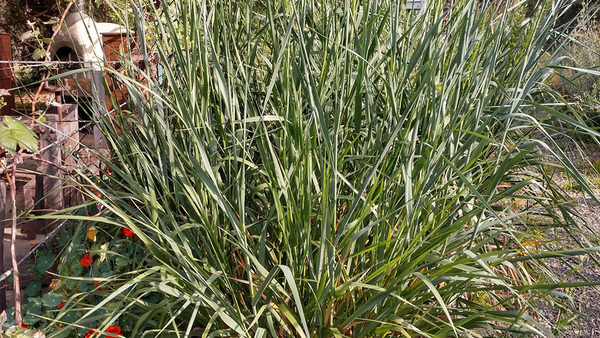














Comments
Log in or create an account to post a comment.
Sign up Log in